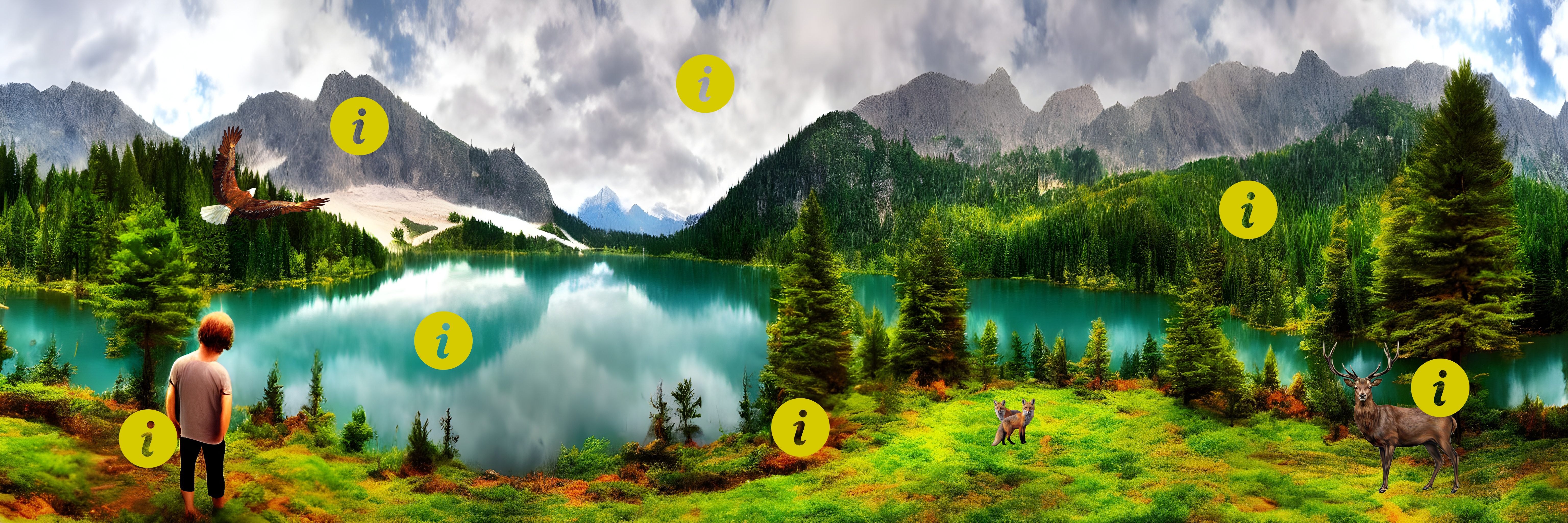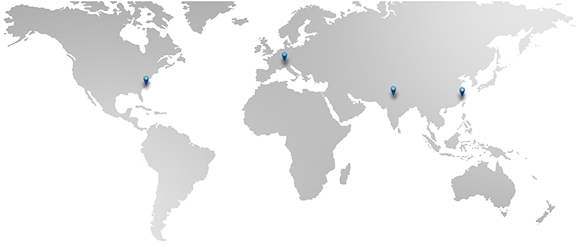
Humans
There are ~8 billion humans on Earth. An average of 2.5 g of zinc per person = 20 thousand tonnes of zinc in living human beings on Earth today.
Water
The natural levels of zinc in water can vary depending on the location and geological conditions of the area. Zinc concentrations in surface water and groundwater are typically low, ranging from less than one microgram per liter (μg/L) to several hundred μg/L. In areas where the geology is rich in zinc, such as areas with zinc ore deposits or volcanic rock formations, natural background levels of zinc in water can be significantly higher.
Lithosphere
Zinc is the 24th most abundant element in the Earth’s crust. It is estimated that every kilogram of the crust contains 70 mg of zinc - with a range of 10 to 3000 milligrams per kilogram (mg/kg). This zinc is released into the environment by weathering and erosion of rocks and minerals. Over time, zinc-containing minerals are broken down by natural processes, and the released zinc can enter soil, water, and air.
Soil
The natural background levels of zinc can vary depending on the location and geological conditions of the area. In general, the natural concentrations of zinc in soil range from 10 to 300 mg/kg. In places where the geology is rich in zinc, such as areas with zinc ore deposits or volcanic formations, natural background levels of zinc in the soil can be significantly higher.
Animals
All life on earth is developed in the presence of zinc, and it is essential in 100% of living organisms. Animals obtain zinc through their diet and from the water (if they have gills) with the uptake depending on the availability of zinc in their environment and their specific biological requirements. As zinc is an essential element, internal concentrations of zinc are tightly regulated by the organism.
Plants
Plants absorb zinc from the soil through their roots, where it plays many essential roles, including pollen development, stress tolerance, and photosynthesis. As zinc is an essential element, internal concentrations of zinc are tightly regulated. When plants die, their remains are broken down by decomposers like bacteria and fungi, releasing zinc back into the soil, where plants can take it up again.
Natural Cycling
The zinc cycle refers to the biogeochemical processes by which zinc is circulated through various compartments of the Earth, including the lithosphere (rocks and soil), hydrosphere (water), atmosphere (air), and biosphere (living organisms). It is estimated that these natural emissions of zinc amount to 5.9 million metric tonnes each year. The cycling of zinc is influenced by both natural processes and human activities.
